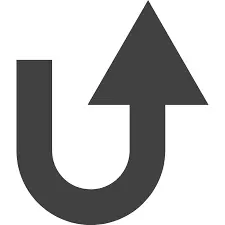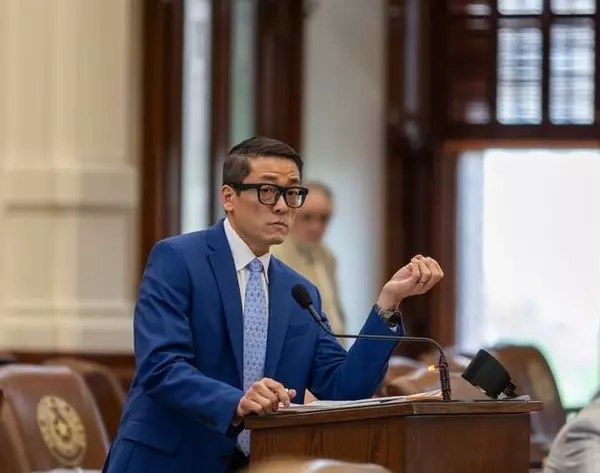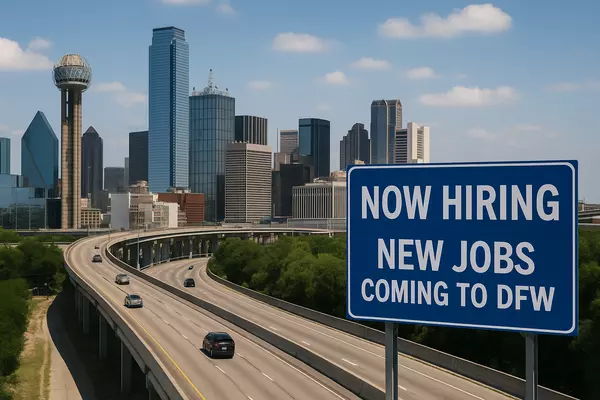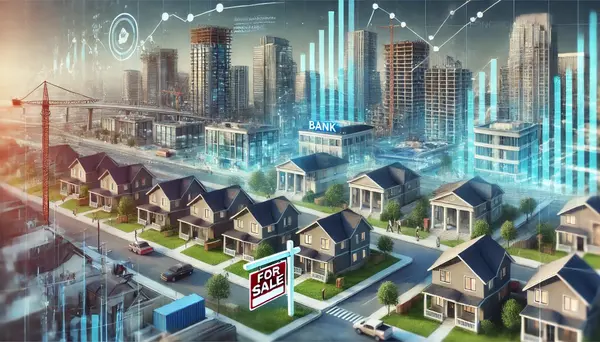
UWM's Zero-Down Loans Gain Buyer Favor but Raise Concerns Among Consumer Advocates
UWM's zero-down loan initiative garners buyer interest but raises concerns among consumer advocates. In contrast to the lax underwriting standards of subprime loans prior to the 2007 housing crash, these new loans adhere to strict criteria set by Freddie Mac. According to CNN, United Wholesale

What's the Current Situation Regarding Mortgage Rates?
You may have heard mortgage rates are going to stay a bit higher for longer than originally expected. And if you’re wondering why, the answer lies in the latest economic data. Here’s a quick overview of what’s happening with mortgage rates and what experts say is ahead. Economic Factors That Impact
Categories
- All Blogs (22)
- 75002 Home Statistics (1)
- 75013 Market Overview (1)
- Buying A Home (5)
- Collin County Homes (1)
- Dallas job growth (1)
- Grayson County (1)
- Hiring a real estate agent (3)
- Home Sales (4)
- Mortgage (2)
- Plano (1)
- Real Estate News (3)
- Short Term Rentals (1)
- Top real estate agents near me Allen (1)
- Top real estate agents near me Parker (1)
- Top real estate agents near me Plano (1)
Recent Posts










